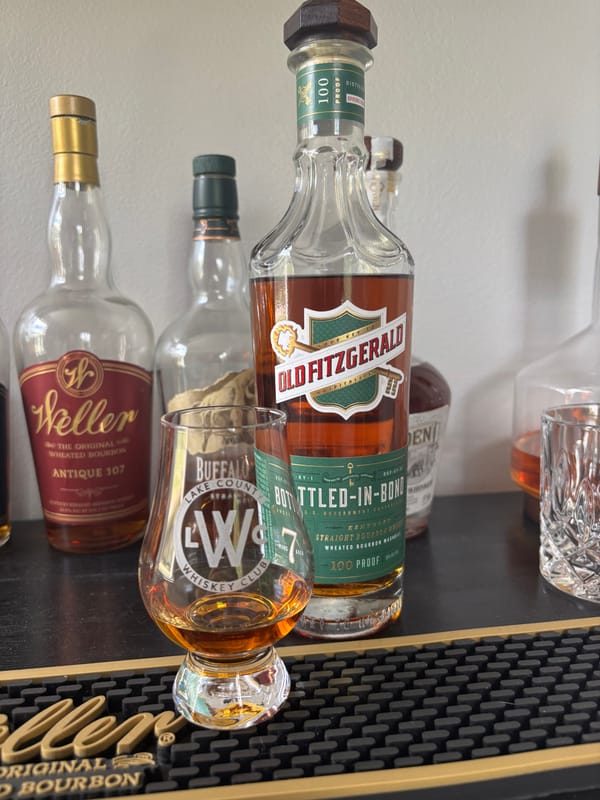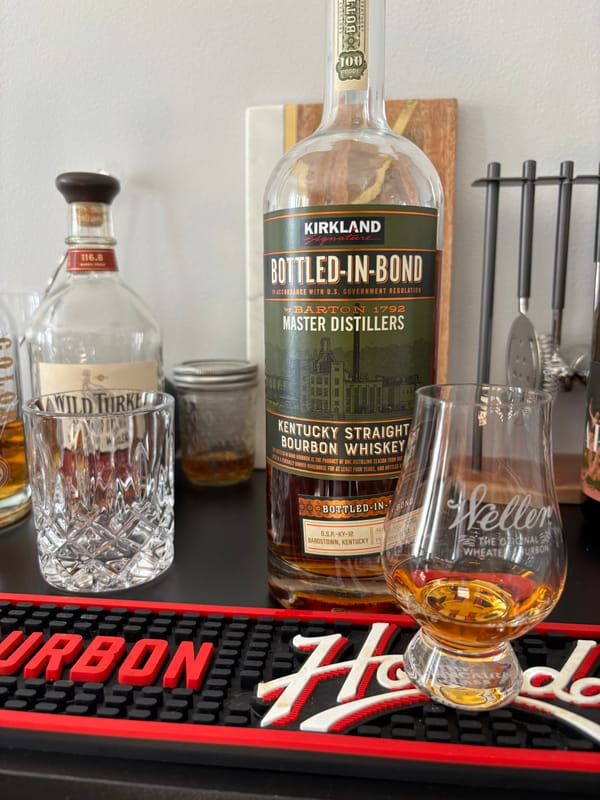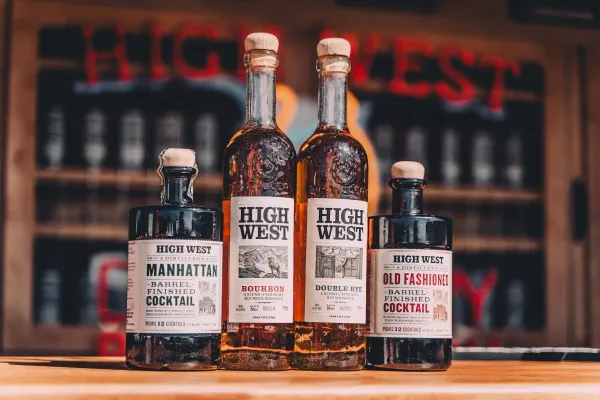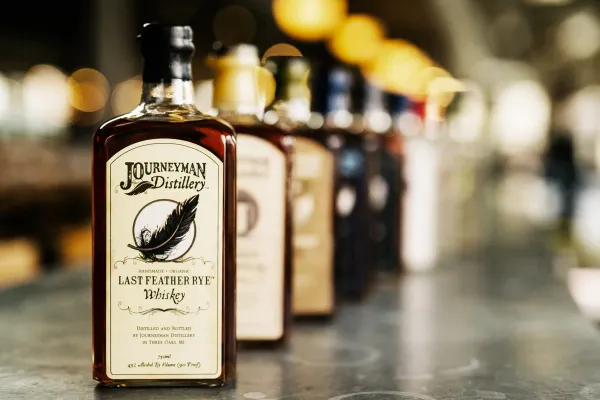What Is Wheated Bourbon? The Smooth Twist You Need to Understand

Wheated Bourbon Unveiled
Wheated bourbon pops up on shelves and menus, but what sets it apart? This silky style swaps rye for wheat, delivering a smoother sip that’s won fans worldwide. Here’s what wheated bourbon is, how it’s made, and why it’s a game-changer.
Defining Wheated Bourbon
Bourbon needs 51% corn (27 CFR § 5.22)—wheated bourbon uses wheat as the secondary grain, not rye, per Whisky Advocate (2022). Wheat (15-20%) softens the profile—Maker’s Mark ($25, 70% corn, 16% wheat) offers vanilla and cream at 90 proof, per Bourbon Culture (2022). U.S. bourbon sales hit $5.3 billion in 2022 (Distilled Spirits Council), with wheated styles growing 10%, per The Spirits Business (2023).
How Wheated Bourbon Is Crafted
Corn, wheat, and barley mash ferments 3-5 days—wheat’s subtle sugars need precise cooking (170°F), per Craft Spirits Magazine (2021). Aged in new charred oak, wheated bourbons like Old Fitzgerald ($40, 20% wheat) take 8 years for honeyed depth—silver at 2023 IWSC, per The Whiskey Wash (2021). Kentucky’s heat speeds this—2-3x faster than Scotland, per Kentucky Distillers’ Association (2022).
Why Wheated Bourbon Tastes Different
Wheat cuts spice—Pappy Van Winkle 15 ($150, 15% wheat) swaps rye’s pepper for caramel and oak, per Breaking Bourbon (2022). It’s smoother—70% of bourbon’s flavor is barrel-driven, but wheat tempers the edge, per The Spirits Business (2021). Gold at 2022 SFWSC proves its appeal.
Why You Should Explore It
Wheated bourbon’s mellow vibe suits newbies and pros—want to taste the softness? Check out NEAT: Whiskey Finder—it’ll help you track down bourbon and whiskey near you.





